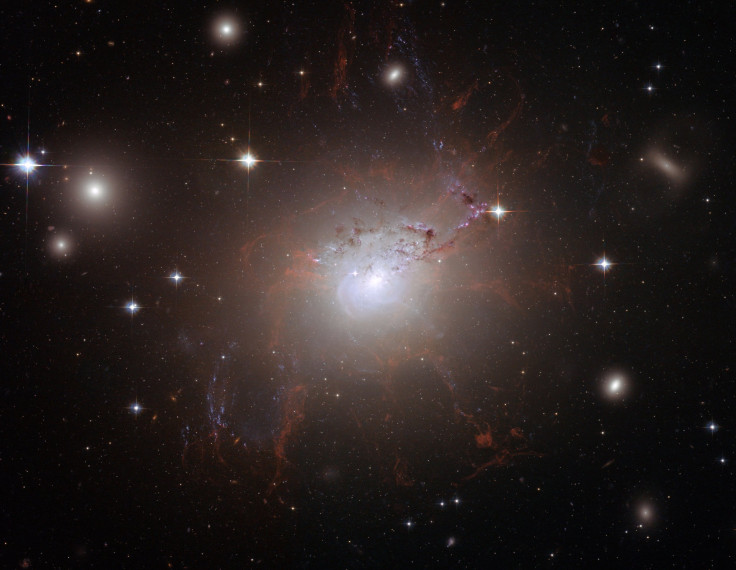Fifth Force Of Nature Possibly Discovered, New Study Says

In a move that could completely alter our understanding of the universe, a new study confirmed the possible discovery of a fifth fundamental force of nature.
Published by theoretical physicists from the University of California, Irvine, in the journal Physical Review Letters, the study comes a year after a group of experimental nuclear physicists at the Hungarian Academy of Sciences identified a radioactive decay anomaly in the results of their particle acceleration experiments, pointing at the possible discovery of a previously unknown type of subatomic particle
“If true, it’s revolutionary,” said Jonathan Feng, professor of physics and astronomy, in a press release.
“For decades, we’ve known of four fundamental forces: gravitation, electromagnetism, and the strong and weak nuclear forces. If confirmed by further experiments, this discovery of a possible fifth force would completely change our understanding of the universe, with consequences for the unification of forces and dark matter.”
The Hungarians were attempting to find “dark photons,” indicative of dark matter that is thought to make up 85 percent of all matter. However, as it neither absorbs nor emits light, it is impossible to detect. During the course of their study, the scientists detected a particle 30 times heavier than an electron.
Feng and other researchers associated with the new study analyzed data gathered recently by Hungarians and previous experiments in this area.
“The experimentalists weren’t able to claim that it was a new force,” Feng said. “They simply saw an excess of events that indicated a new particle, but it was not clear to them whether it was a matter particle or a force-carrying particle.”
However, according to Feng’s team, instead of the “dark photon” the Hungarians found a “protophobic X boson.” The existence of this particle is what could indicate a fifth force of nature. It is different from the existing electromagnetic forces that act on protons and electrons, interacting only with protons and neutrons, that too at very short distances.
“There’s no other boson that we’ve observed that has this same characteristic,” co-author Timothy Tait, also a professor of physics and astronomy at Irvine, said. “Sometimes we also just call it the ‘X boson,’ where ‘X’ means unknown.”
The researchers put emphasis on further experimentation in the field with Feng saying that the potential fifth force could be linked to the electromagnetic and strong and weak nuclear forces as “manifestations of one grander, more fundamental force.”
Feng also indicated at the existence of a parallel “dark” with its own matter and forces as compared to the universe of “normal” matter and forces. He said, “This dark sector force may manifest itself as this protophobic force were seeing as a result of the Hungarian experiment.”
“In a broader sense, it fits in with our original research to understand the nature of dark matter,” Feng added.
© Copyright IBTimes 2024. All rights reserved.






















